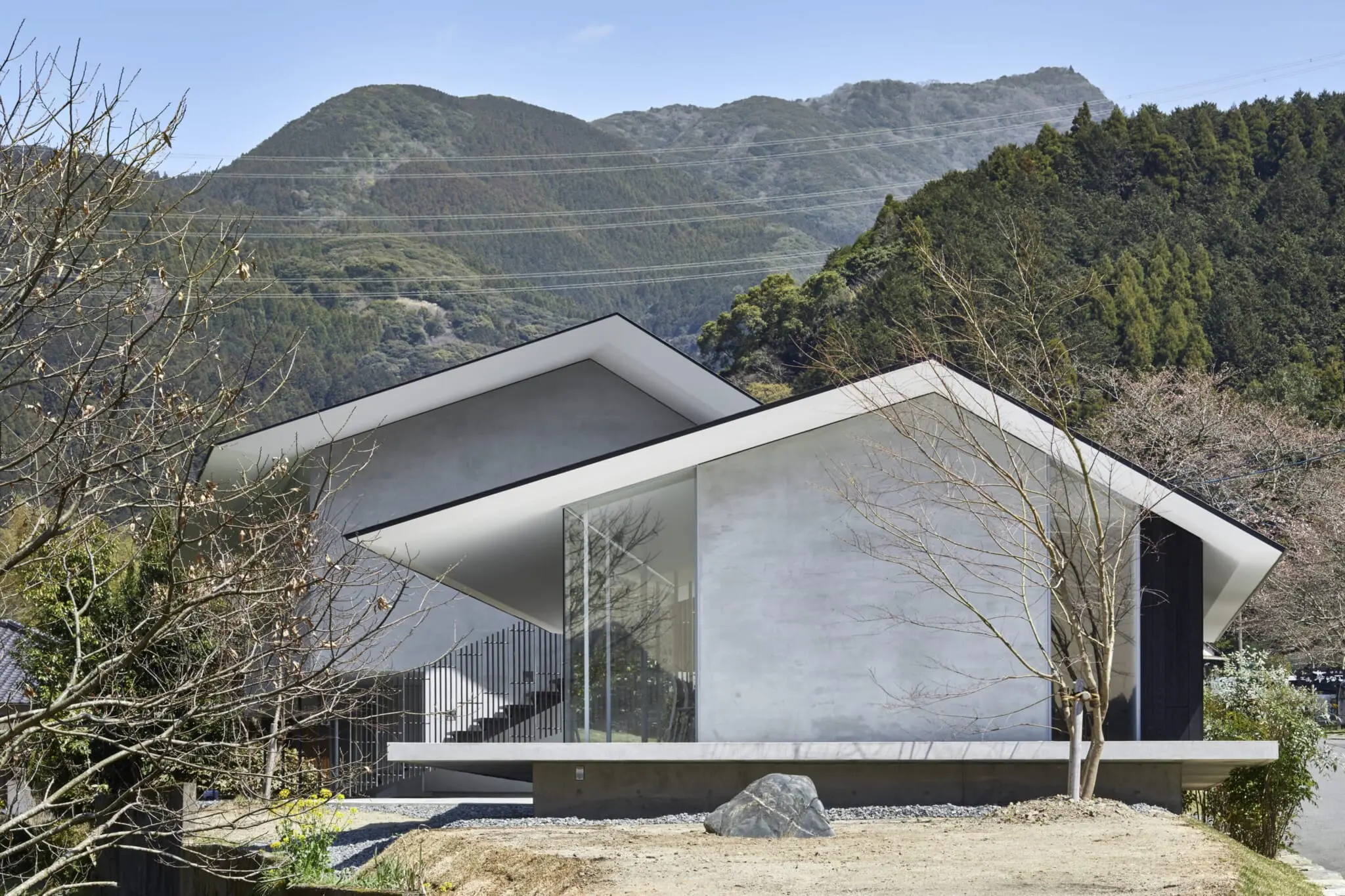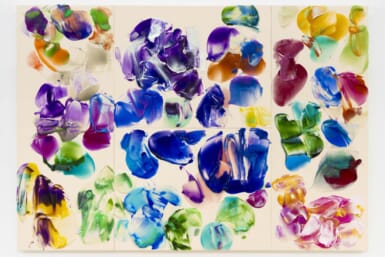What can be considered art? If we decide against implementing the architectural process, can that itself be defined as an act of architecture? And can we force change from microcosmic levels to huge social shifts in the future of living? These are only a few of the profound topics touched upon when I visit renowned architect and social thinker Teppei Fujiwara at his office in the backstreets of Harajuku.
Fujiwalabo isn’t your orthodox architectural practice: It proudly incorporates a range of disciplines into its work, including engineering and landscape design, and counts musicians, curators and researchers as part of its diverse collective.
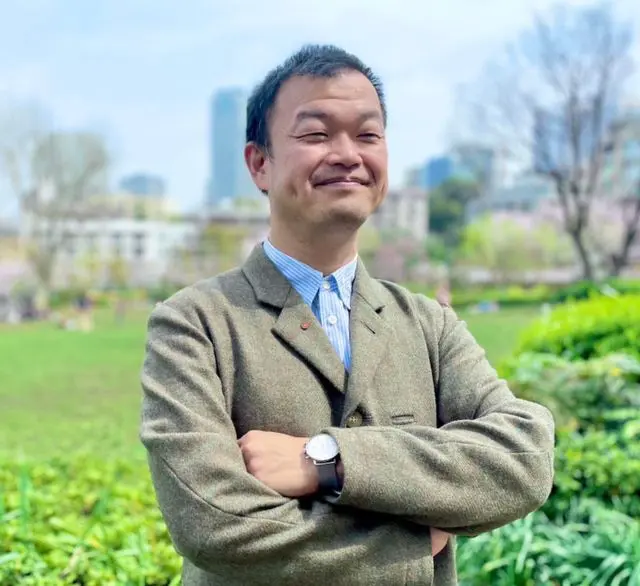
An associate professor at the renowned Yokohama Graduate School of Architecture in addition to his main work with Fujiwalabo, Fujiwara joined Kengo Kuma and Associates (KKAA) directly after graduating from graduate school. For 15 years, he worked closely with Kuma, one of the world’s most influential architects, on era-defining projects like the phenomenal V&A Dundee in Scotland.
When I ask what the differences between him and Kuma are, he says, “He always tries to make projects special, even if they have a low budget. He loves design, furniture and fashion. On the other hand, I am more interested in culture than design. I like culture and am particularly inspired by local culture, like the simple act of having a cup of tea on a bench. We don’t need to design or improve that situation. I guess that might be where I am different from Kuma-san. Maybe he would want to design the bench itself!”
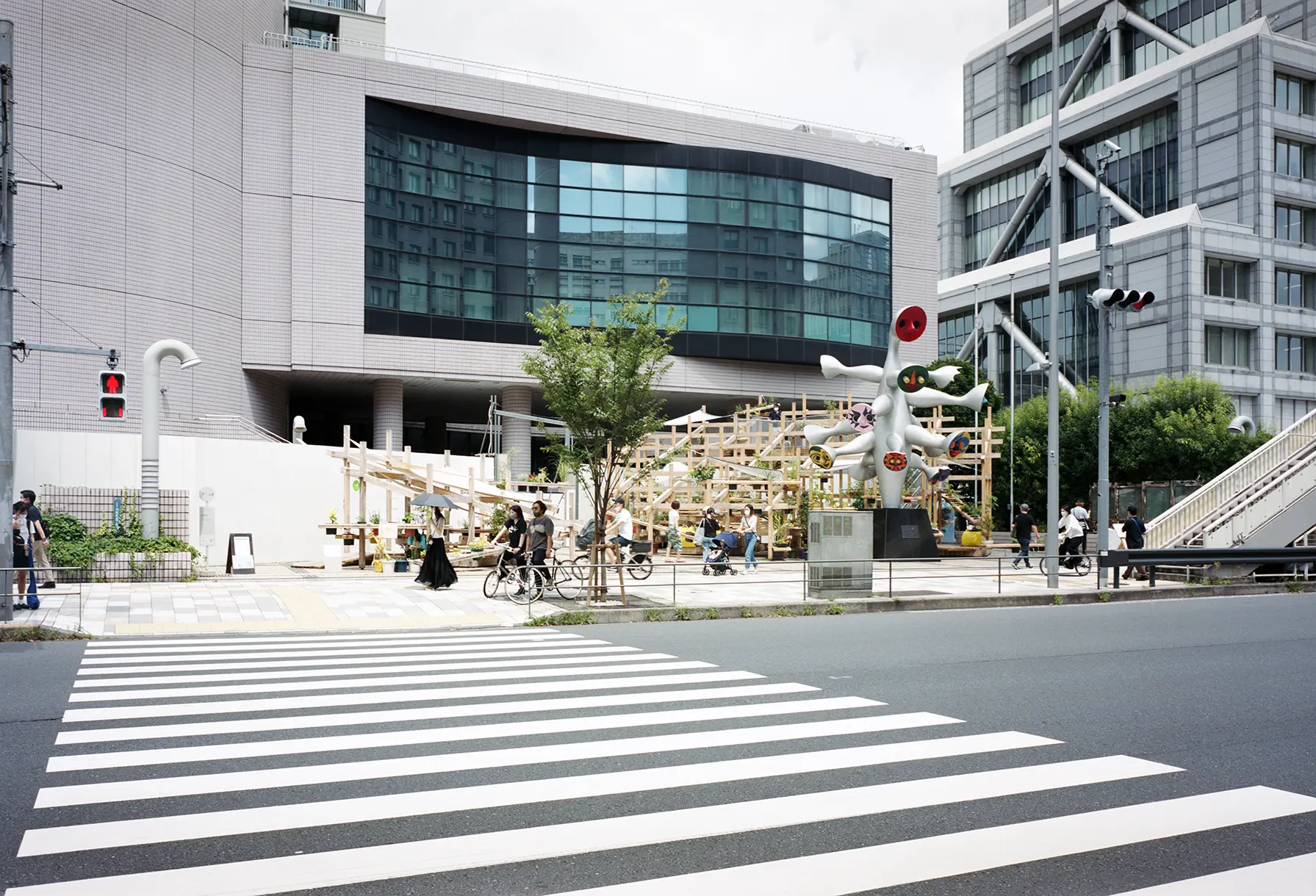
PAVILION TOKYO © Yurika Kono
Architecture as a Stage
Talk turns quickly to Fujiwara’s groundbreaking work as part of Pavilion Tokyo 2021. Alongside peers and legendary architects such as Kazuyo Sejima, Junya Ishigami and Sou Fujimoto, Fujiwara was tasked with showcasing his own pavilion and space in Jingumae. His “Street Garden Theater” redefined and broke the boundaries between architecture and theater — for Fujiwara, disciplines that are inextricably linked.
“A pavilion is a kind of guerilla work, an action in a public space,” says Fujiwara. “We tried to make a presentation to the city. This pavilion asked people to come inside and be an actor in the space, to create a performance between the structure of the theater and the public.”
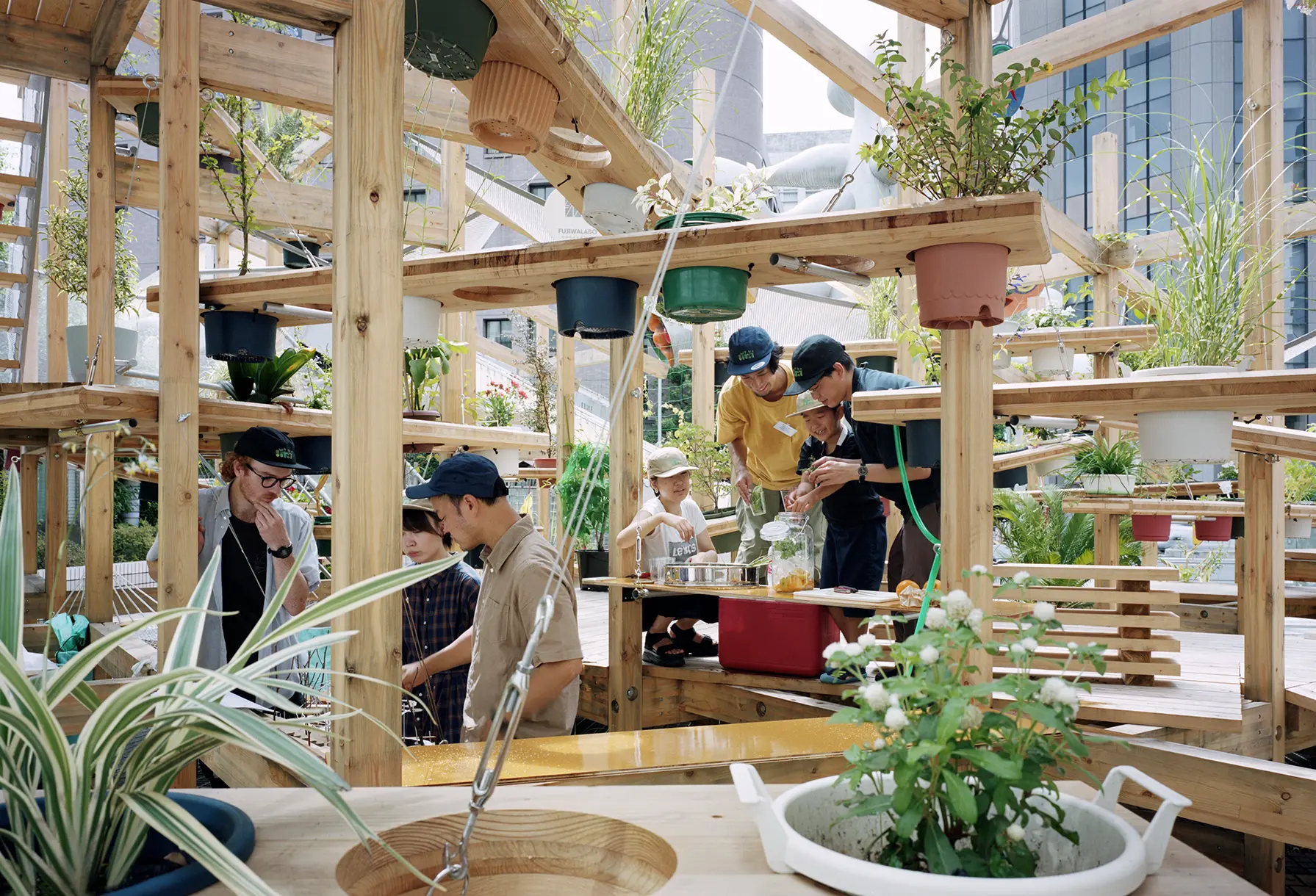
PAVILION TOKYO © Yurika Kono
While explaining their desire to create a “structure that would transform over time and through spontaneous human actions,” Fujiwara shares that people would water the plants. “Anyone could participate,” he says. “As an architect, this pavilion has been a critical moment, a reminder to keep pushing to find new drama and new culture in public spaces.”
When discussing architecture as, essentially, a form of performance, he goes on to voice his dismay with how Tokyo is losing its quirky idiosyncrasies.
“For me, Tokyo is getting weaker, especially with regards to culture,” he says. “In the past, every street had its own culture, but now the development of Tokyo has become very similar. Ikebukuro, Shinjuku and Shinagawa look the same, and I don’t feel the culture of each area. I worry about that. We are losing the institutions of theater, and not many people want to be a player, and not many people want to see or feel the uniqueness of the people playing.”
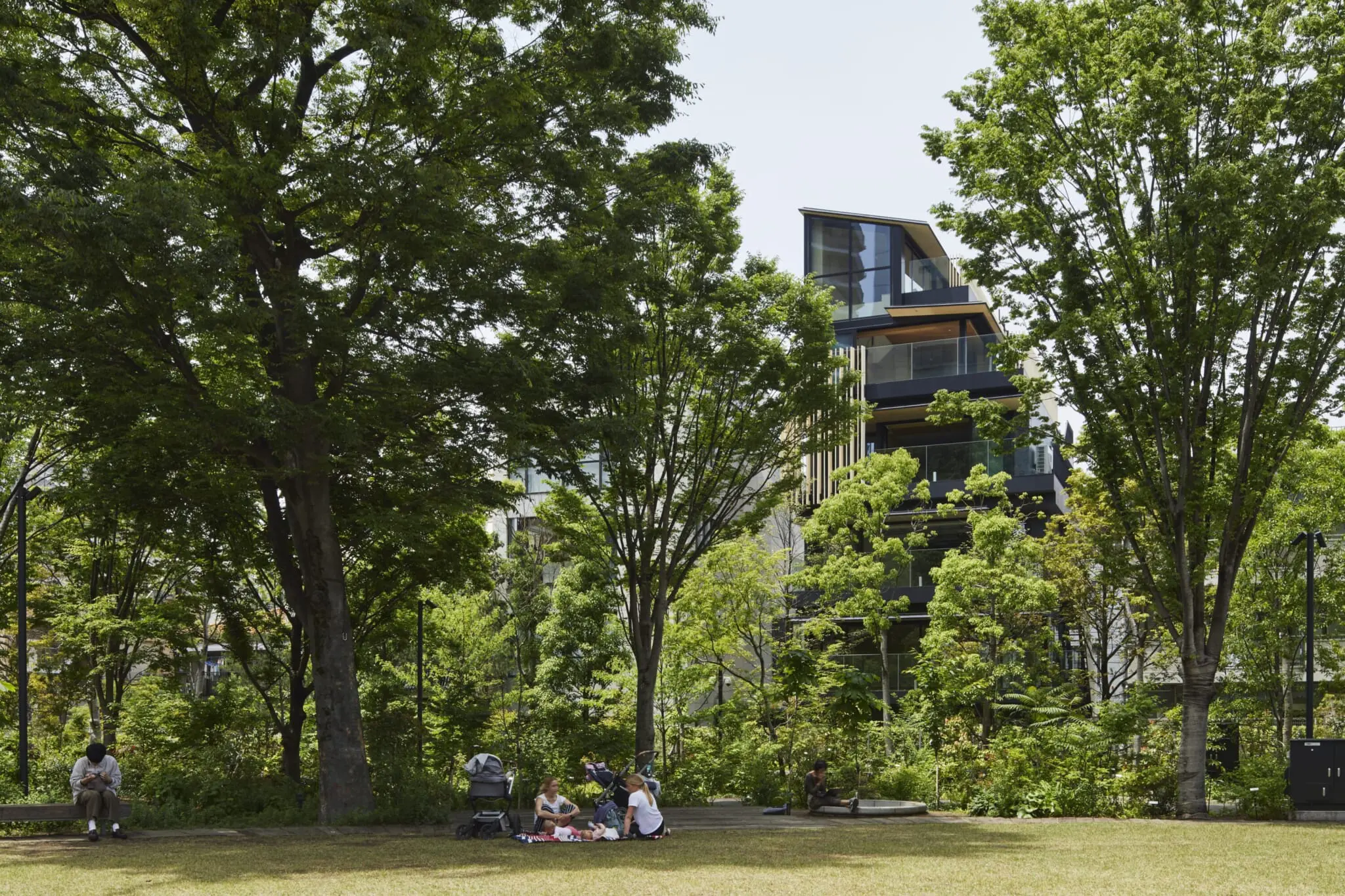
Urasando Terrace © Nacása & Partners Inc. | Photo by FUTA Moriishi
The Importance of Public Spaces
While still at KKAA, he was a part of the ongoing regeneration and renovation of the mammoth Shibuya Station. Fujiwara, during the interview, is not shy in sharing his distaste of the seemingly inflexible structures of capitalism. Preferring local community projects over big business, he appears to rue the lack of and destruction of public spaces within the capital city. One such social issue, in many people’s eyes, is the rooftop space of the new retail complex Miyashita Park, which is closed to the public after dark.
“I appreciate the challenge of Miyashita Park, in attempting to define a new form of park in the city, but if they say this is a new kind of park, I think it should be open 24 hours. Parks should belong to the people who live in the city. For example, in Yokohama, they have Osanbashi, a big pier that is also a park which is open 24 hours.”
Shibuya Station shares similar quandaries: Although it’s a public space, some of it is private, and people are often shut out of stations in Japan for no real reason. Fujiwara adds:
“I worked on the Shibuya Station project for KKAA as part of a team with Kazuyo Sejima of SANAA and Nikken Sekkei. Throughout the planning process, we were constantly motivated by the discussion of the importance of a station as a public institution of the city. We were always driven to ensure that the station would remain as public as possible and that it would not be totally commercialized.
“Like in most European cities, the terminal station acts as a place where people feel they are entering a city — almost a gateway to the city. So, we focused on the design of the public plaza and tried to create a three-dimensional public space that would be appropriate for the complex urban fabric of Shibuya. In the end, the developers could also see the importance of public space, and I hope that in a few years’ time, we will be able to appreciate the outcomes of that big dialogue.”
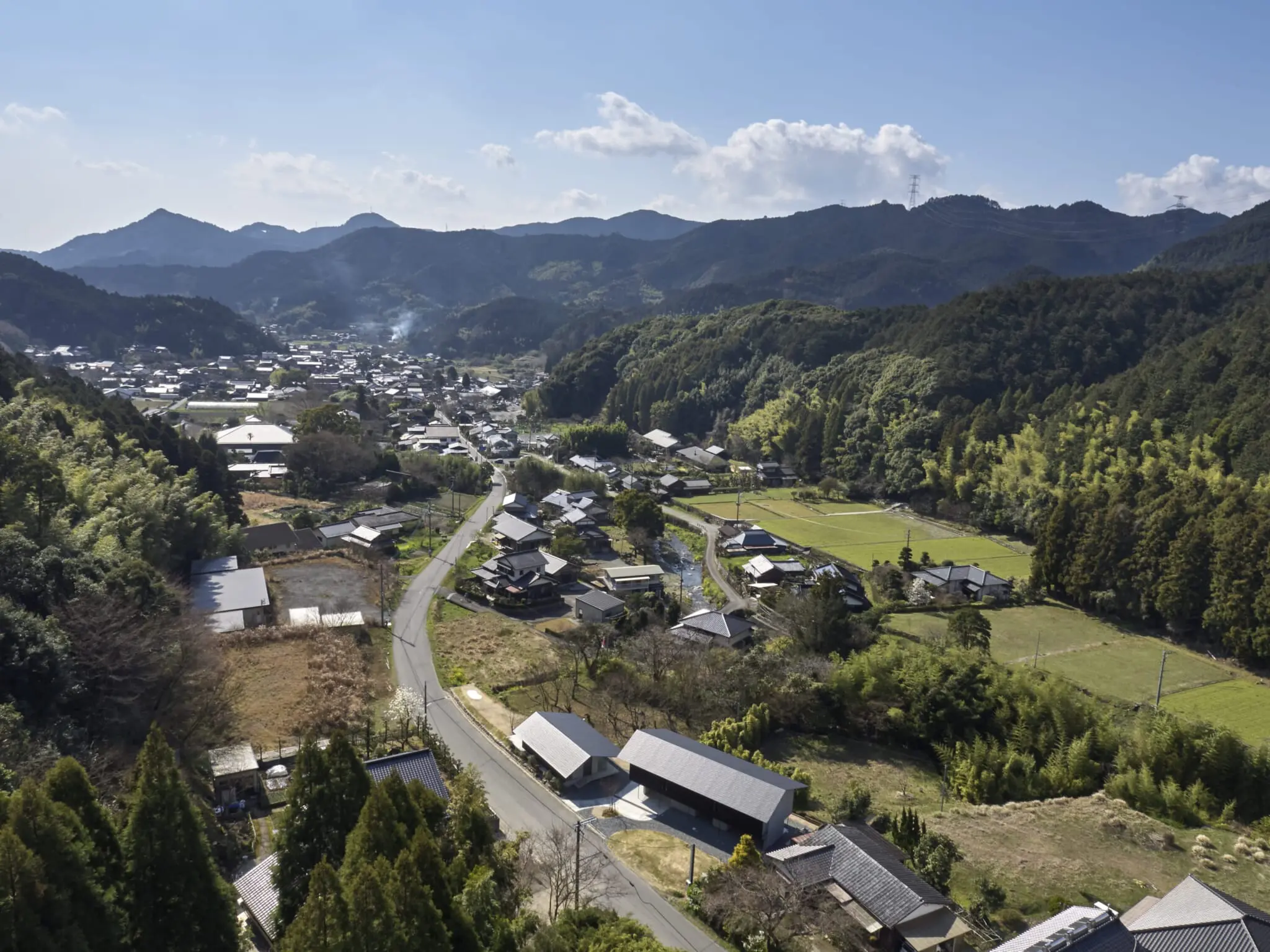
Akizuki-no-tori Project © Nacása & Partners Inc. | Photo by FUTA Moriishi
Designing the Future
Greatly influenced by the philosophy of Hegel, who believed that art can encompass everything from architecture and sculpture to paintings, music and literature, Fujiwara would go one further to include urbanism, civil engineering, agriculture and perhaps even the city itself. His work with projects throughout rural Japan engages in these concepts, with Fujiwalabo working with diverse communities, individuals and professions.
“One of our projects, in Hita, Kyushu, is focused on forestry,” says Fujiwara. “It’s not really an architectural project. At first, we began by rethinking what kind of professions can work within forests. We are imagining a new type of forester who works with wood, who might also build a café to activate local communities and attract new kinds of people to the industry. First, we have to rethink the area with a focus on the people who live there. How can we design the future of the area? Finally, at the end, we think about architecture and what kind of architecture is needed. If architecture is not needed, then we might only design a park or a website, for example.”
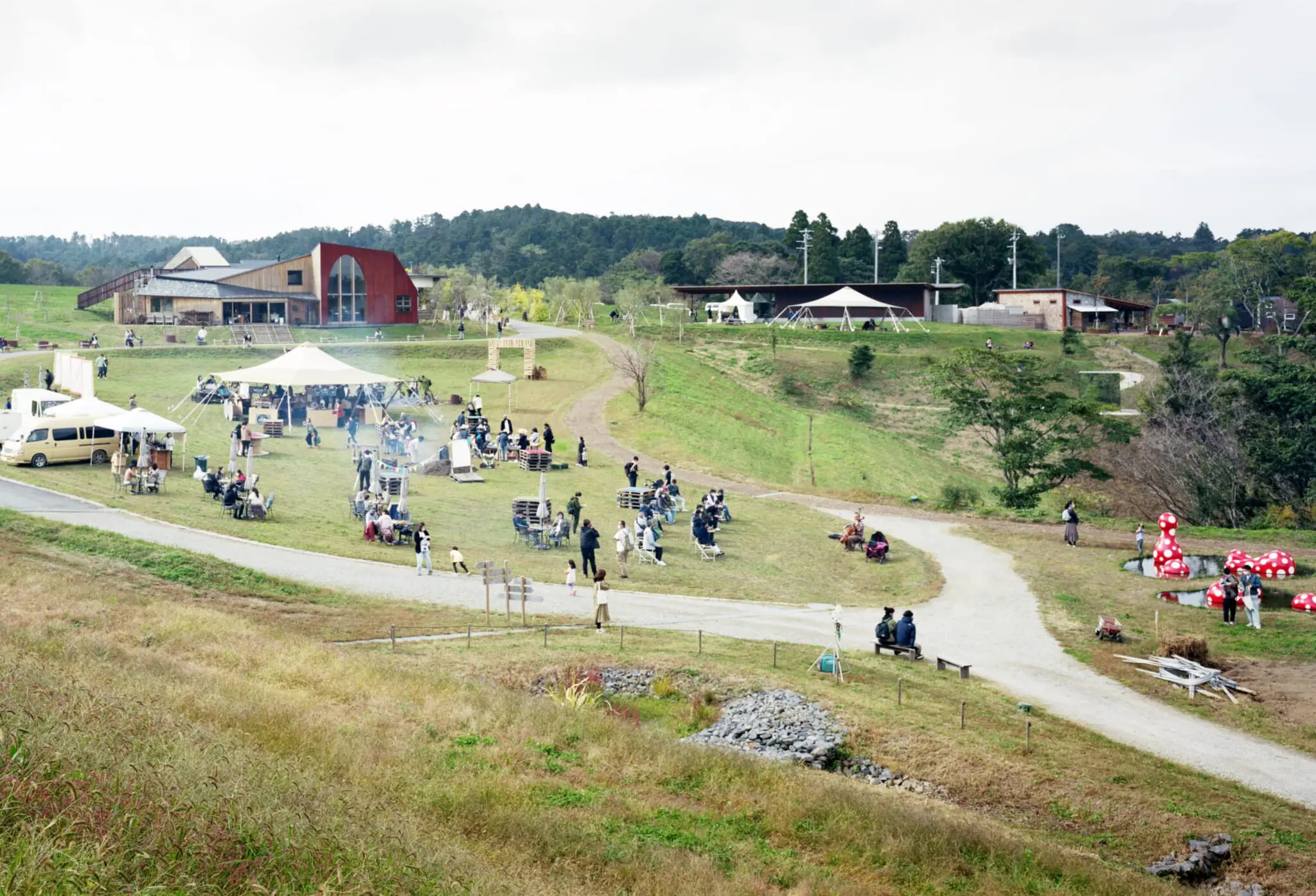
Kurkku Fields © Yurika Kono
Reimagining and rethinking were also at play for the firm’s work on a project called Kurkku Fields. According to the Fujiwalabo website, the approach aimed to unify “multiple resources as a way to create a place that can be considered an experimental site for a future society.”
One of the company’s ongoing projects that excites Fujiwara is situated in rural Kagoshima. The client, a long-established local company, requested a new head office that would also incorporate their friends’ companies, and the concept grew to be defined as a kind of village.
“I felt that it could be like a campus, based on my previous experience working on projects with Alibaba, NHN and other tech companies’ head offices in Asia — these were like campuses,” says Fujiwara. “So, for this project in Kagoshima, I wanted to make a life campus with a working area, a dining area and a place to stay, among the local rice fields and near the ocean, making an area for new life. It’s like a new working institution, and maybe it can help people to change their minds about local areas in Japan.”
He continues to say that although the project is small in scale now, it has seen a growing number of start-ups join together. “There are new local restaurants, craft beer brands, curry houses, cafés and shops all planning to take up residence in the village, which means it will become a thriving area of new culture.”
Culture is a word which Fujiwara and his team connect with and use as a signpost for their diverse spectrum of projects that span the country. How culture can be incorporated into projects and people’s lives. How architecture doesn’t need to be contained and confined to buildings but can encompass every art form and every view on life and how it should be led. Fujiwara, then, when I think about it as I leave his office, is essentially a master planner for life and for lives that aim for a sense of collectivity.
For more information on Fujiwara’s latest and upcoming projects, visit the Fujiwalabo website.

